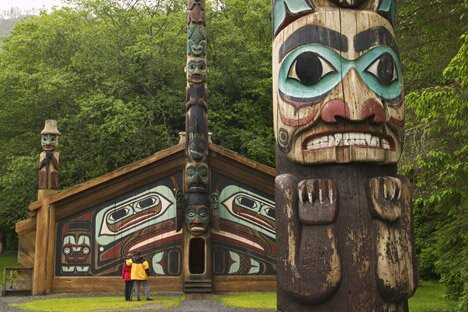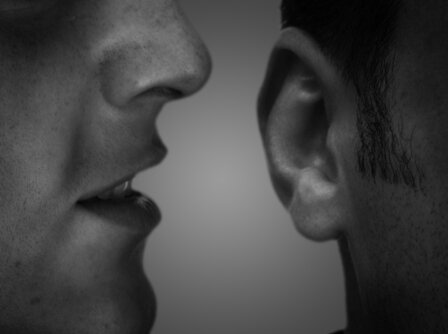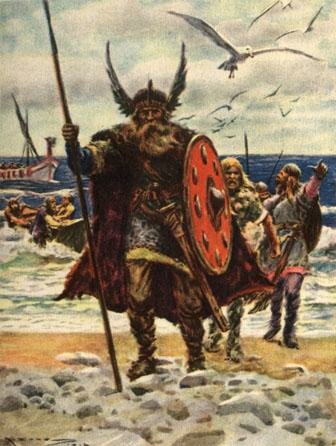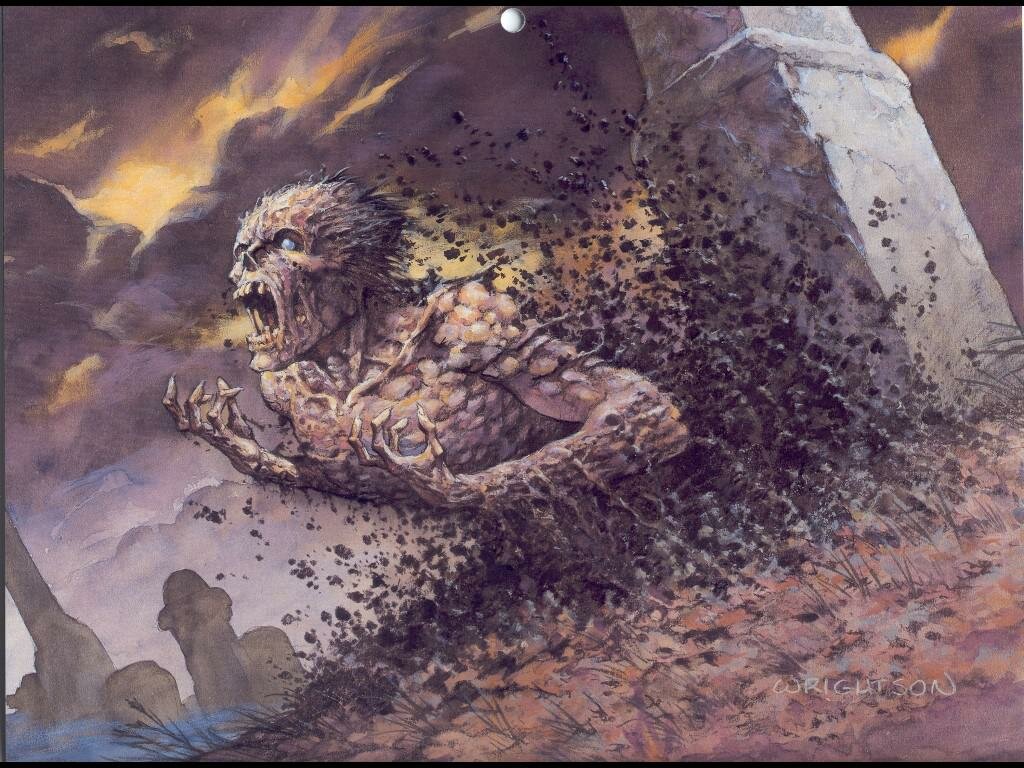10 Bizarre Native American Customs
Suggested by SMSYour family gathers around the dining room table at Thanksgiving, holds hands, and you all sing the table grace. Or it’s your birthday, and even at the age of 30, your mother insists that you eat your dinner off of the “Birthday” plate; and you know that sometime after blowing out the candles, you’re going to get your face pushed into the cake. Customs vary among families and cultures, and while getting your face “frosted” on your birthday may seem strange, there are several customs practiced by some Native American cultures that are even more bizarre. Here’s my list of 10 of the most bizarre.
10. Ritualistic Dancing

Ritualistic dancing as practiced by Native Americans may be an bizarre style of dance, but it is also a beautiful and evocative way to communicate to a higher power. Probably the most common Native American gathering that includes dancing is the “pow-wow.” A pow-wow could be arranged for a variety of reasons from basic socialization to a business or political meeting, but most of them included some sort of dance component. But pow-wow’s are only the beginning; Native Americans used ritualistic dances in the past to celebrate warriors heading out to battle and again to celebrate their victorious homecoming. There are dances for healing, initiations and worship. Some dances are intended to express grief at a loss or joy in a fruitful harvest. Other dances are forms of prayer. The dances are not choreographed, but typically one person leads and all participants dance as the spirit moves them. These dances come from the heart and speak to the Spirit with the intention of finding closeness and unity. In current times, Native dress is still an intrinsic component to the dances and gives a visual as well as a spiritual element to the ritual.
9. Marriage Traditions

There are as many different marriage traditions as there are Native American clans, but the Northern Californian Native Americans have one tradition that is unique to them. They actually differentiate between a half-marriage and full marriage. In a full marriage, negotiations with the bride’s family would take place with two kinsmen representing the groom. After the price was agreed upon according to the family’s social standing and wealth, the groom would pay the bride’s family. Since future social status depended on this price, the groom would willingly pay as much as he could afford. A half-marriage, on the other hand, meant that the groom would pay about half the usual amount to the bride’s family. Then, after marriage, he would live with his bride in her family home under his father-in-law’s authority. A half-marriage was typically held if the groom didn’t have enough to pay for his bride or his father did not approve of the marriage. The bride might be allowed a half marriage if the family had no sons and another man was needed. Approximately twenty-five percent of marriages in the Northern Californian Native American clans were half marriages.
8. Naming

Native Americans place a lot of importance on identity and a person’s name. As a matter of fact, individuals frequently will have a new name bestowed upon them as adults and some will actually receive several different names throughout their lifetime. A Native American can request a new name and the tribal Name Giver, or kabir, will consider the request. He could consider the name request for any length of time from a few days to a year. He will bestow the name on the requester during a naming ceremony after the name “comes to him.” The new name will be somehow connected to nature, frequently animals, but not always; trees, the sky, clouds and bodies of water are also commonly used for names. Actually, anything connected with nature that somehow signifies a personality trait of the requester can be used. The tradition of naming even through adulthood represents the changeable nature of humans and that people are not destined to always be the same.
7. Totem Poles
The word totem is derived from the Ojibwa meaning, “his kinship group.” There has been much discussion over the years as to the purpose and meaning of the poles, and the answers seem to be as varied as the families that have commissioned their carving. It is thought that the poles are used as house posts, funerary containers and family memorials symbolically representing the wealth and social standing of the family within the clan. Totems are seen intrinsic components to the spiritual journey each person must take, and while certain Christian missionaries of the 19th century condemned the totem pole as an object of heathen worship, they were never treated reverently and were typically not maintained against the forces of nature, but left to deteriorate as they would naturally. Totem pole carvings represent a multitude of events from familiar legends to clan lineages. Some celebrate cultural beliefs, commemorate historic events and persons, or even provide objects of public ridicule. The vertical order of images may be representative of importance where the highest figure is the most important, but other theories suggest that the most important figure is on the bottom. It seems the owner of the totem is the final authority as to the placement of the important figure.
6. Potlatch

Native American’s used another type of gathering called a potlatch. This “party” was held for the main purpose of redistributing a family’s wealth among the tribe. Hosting a potlatch was one way in which the social status of a family could be raised. Prominence and prestige would be granted to a family based not upon how many resources they had, but by how many resources they distributed to others. Basically, the more lavish the goods given away, the higher prestige and social rank were bestowed to that family. A potlatch could go on with food and dancing as well as the giving of gifts for 10 days or more, oftentimes leaving the host with nothing by the end.
5. Kachina Dolls

A kachina is a spirit being. The kachina doll being a physical representation of that spirit and while these beings are not necessarily worshiped, they are considered to be very strong and deserving of respect. It is believed that they have the power to bring good onto the people. Rain, healing and fertility are just a few of the over 400 kachinas in the Pueblo belief system. Kachinas have humanlike features and may have families, get married and even have children. They are honored through ceremonial dances and carry with them the belief that everything has a life-force and humans must interact with that life-force in order to survive.
4. The Sweat Lodge

A sweat lodge is a small structure used for purification or cleansing ceremonies. The traditions surrounding sweat lodges varied from tribe to tribe. Some included prayers and offerings to the spirits, but all use super-heated stones that are doused with water creating steam and sweat. All lodges are built with respect to the environment, but the process can be unique to each tribe. Some will build in complete silence while others will work with drums, still others fast during the building of the lodge. During the actual sweat ceremony, there may be a few people outside the lodge who “protect” the ceremony. They will bring in hot stones and tend the fire. Each ceremony may have a different etiquette depending on the purpose of the sweat. Some will not mix genders, some will expect nakedness, and some will not allow nakedness. The only thing that is constant with every ceremonial sweat is that participants must enter with a thankful heart and spirit.
3. Smoking peyote

Peyote is a small cactus that contains mescaline which has hallucinogenic characteristics and when dried and smoked, or ingested, will enhance dreams or visions. Native Americans used peyote during ceremonies so as be able to live enlightened lives. Peyote was also considered to have medicinal properties and was used to treat any number of diseases from toothache to diabetes.
2. Bloodletting

Bloodletting was a commonly practiced healing process wherein the medicine man would use thorns or stingray spines to make small cuts at the site of pain. Blood would be allowed to drain out at that site with the belief that there would be relief from pain and ailment. While this was a fairly common practice among many cultures, the Native Americans would often add ceremonial rituals, which added a spiritual component to a practice that was believed to promote physical health.
1. Ritualistic Self- Sacrifice

There are several types of ritualistic sacrifice among Native American peoples, but one of the most familiar is that which occurs during the Sun Dance celebration. This dance, usually held at the summer solstice represents a resolution of conflict between man and the buffalo. The buffalo was considered to be wise and powerful, even closer to the Creator than humans; Native American culture used the ceremonial Sun Dance to rectify the incongruity of the requisite killing of the buffalo in order to survive. The sacred dance typically included tobacco offerings, prayer and fasting, as well as, the ritualistic piercing or “flesh offering.” This self-inflicted torture was a symbolic death and return to nature in. Its purpose was to offer gratitude to the buffalo for the gift of food and shelter it gave along with its life. The dancer was then symbolically reborn along with the buffalo and even the entire universe.











Bizarre? I see nothing at all bizarre about these customs. Please don’t judge.